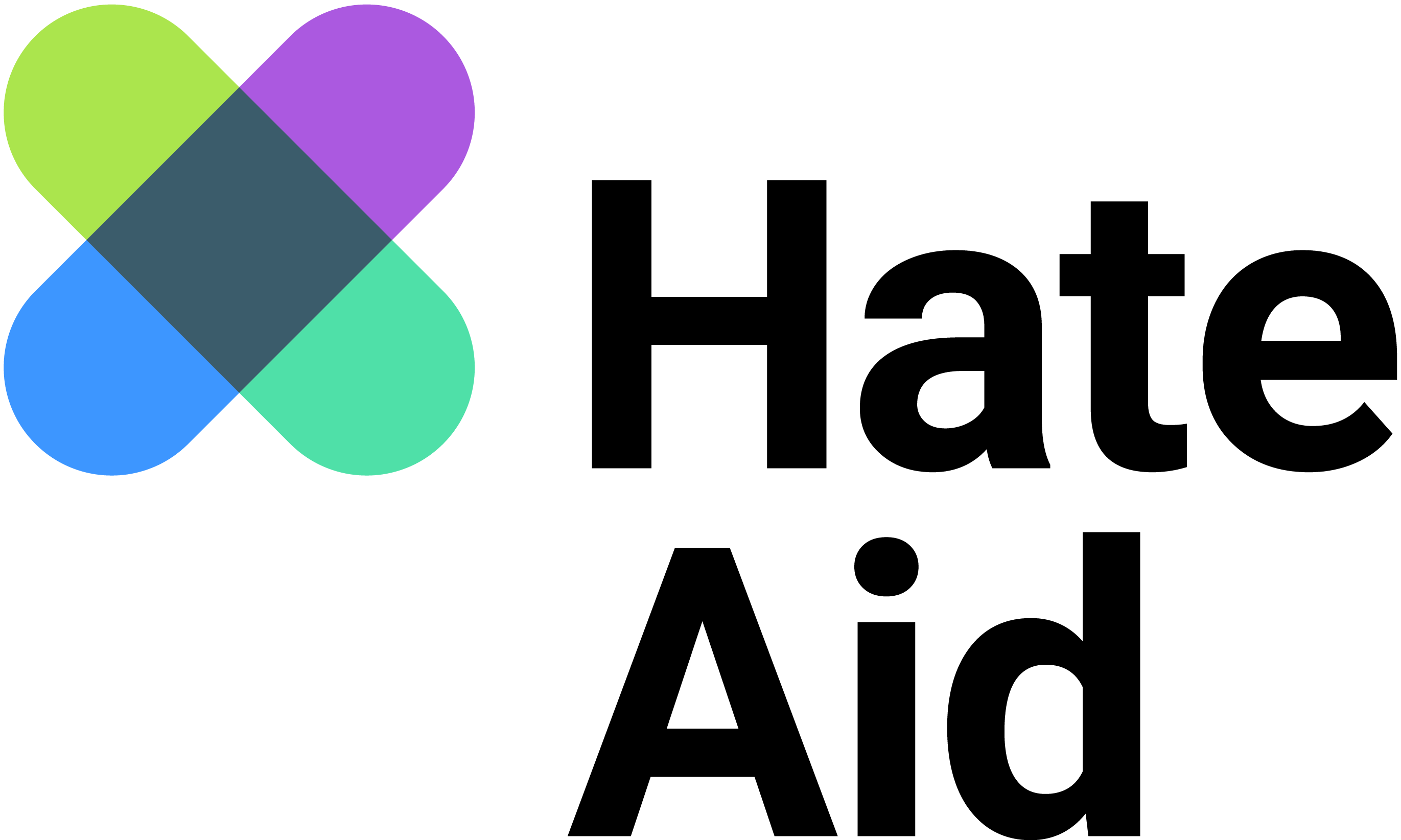Letter to EU co-legislators to combat violence against women and domestic Violence
To:
Ms Helena Dalli, European Commissioner for Equality
Ms Věra Jourová, Vice-President for Values and Transparency
Ms Irene Montero, Acting Minister for Equality
Ms Frances Fitzgerald, Member of the European Parliament
Ms Evin Incir, Member of the European Parliament
Dear Vice President,
Dear Commissioner,
Dear Minister,
Dear European Parliament Rapporteurs,
Cyber violence is a pervasive and growing problem—and one that is experienced disproportionately by women. In Germany, France, and Spain more than one in two (53%) women aged 18-34 have been a victim of image-based abuse online. These forms of cyber violence can cause severe distress and negatively impact women’s participation online, and gender equality at large. Of women victimised, 82% reported feeling less safe, with some looking to withdraw entirely from online spaces.¹ This chilling effect on women has terrible consequences for them individually, and for society at large as women disengage from the internet entirely.
Every week in Europe, at least 50 women die at the hands of men perpetrating domestic violence. Cyber violence and physical violence are inextricably linked and can often be self-reinforcing. To examine these forms of violence in isolation from each other would be to neglect the reality of our increasingly digital society. Unprecedented issues arising from the fast-paced development of novel technologies, such as the use of A.I. to generate nudified images, underline the urgency of the issue.
As the negotiations on the Directive to Combat Violence Against Women and Domestic Violence (hereinafter “the Directive”’) begin to gather pace, we urge co-legislators to ensure that the final text of the Directive delivers for all women and captures all forms of gender-based cyber violence, existing and emerging. The Trilogue negotiations present a unique opportunity for the EU to deliver a major milestone towards gender equality and women’s safety. We urge co-legislators to:
- Recognise cyberflashing—also known as the sharing of ‘unsolicited dick pics’—as a serious form of online violence. Research in Belgium for the Secretary of State for Gender Equality found that 37% of those aged 15 to 25 have received a photo of male genitals without asking for it, with girls representing 51% of the recipients, against 23% of boys.² Bumble’s own research found that nearly half of women aged 18-24 surveyed receive a sexual photo they did not ask for (48%).³ Not only does cyberflashing go against a women’s right to sexual autonomy, but this is a non-consensual act often used to impose power on women and harass them online and in public spaces. Once again, this type of violence creates a silencing and intimidatory effect. The European Parliament’s amendment, adding cyberflashing to the list of punishable offences, must be maintained in the final text if we want to create a legislation that is fit for purpose in a digitalised society.
- Include the non-consensual sharing of both ‘intimate materials’ and ‘AI-enabled intimate materials’ in the scope of Article 7. Today, anyone can use nudification technology that degrades and dehumanises women, with no experience necessary. The exclusion of ‘nudes’ and A.I.-enabled ‘nudes’ from the Directive would considerably limit the ability to protect women against online violence. The impact of such AI-generated images is akin to that of victims who have had real images shared without consent.
- Broaden the scope of the non-consensual sharing of intimate materials to include all forms of harmful communication. We support the European Parliament’s proposal to criminalise non-consensual sharing to ‘other users’ instead of a ‘multitude of end-users’ as suggested by the European Commission, or to the ‘public’ as amended by the Council. Non-consensual distribution of intimate materials within a victim’s smaller circle can potentially generate more harm than if the images were distributed publicly. Similarly, if image-based sexual abuse and violence is only considered a criminal offence when committed publicly, this legislation would be re-introducing a public/private dichotomy when violence against women takes place in the online sphere. This notion of ‘public’ is likely to exclude private chats, closed groups no matter their size, private profiles and forums, as well as 1-1 ‘private’ conversations online, thus excluding the defined offence from many situations likely to cause harm to the victims.
- Remove exemptions to the non-consensual sharing of intimate material from Article 7 and rephrase related Recital 19bis. While all exemptions for freedom of speech, arts and science have the intention of balancing these with the protections of women against violence, Article 7 and Recital 19bis as they currently stand fail to do so. Image-based sexual abuse is a click away, and the impact on the victims is lifelong and incredibly harmful. It is therefore essential to consider the very high risk and low threshold of misuse of these technologies on one hand, and the severe consequences for the victims on the other hand. Including a reference to the exemption of the sharing of intimate material without the consent for legitimate forms of expression, such as satirical and artistic material in the body of Article 7, hands in a defence to any perpetrator to say they did it for satirical or artistic reasons which will be almost impossible to rebut.
We strongly support EU policymakers’ continued commitment to tackling cyber violence. We look forward to engaging with the European Parliament and the Council to ensure these crucial aspects are reflected in the final agreement of the Directive.
Signatories
Nima Elmi, Head of Public Policy for Europe, Bumble Inc.
Mary Collings, Acting Secretary General, European Women’s Lobby
Josephine Ballon and Anna-Lena von Hodenberg, CEO, HateAid
Professor Clare McGlynn, Professor of Law at Durham University

HateAid gGmbH
The non-profit organisation HateAid was founded in 2018 and has its headquarters in Berlin. It advocates for human rights in the digital space and stands up against digital violence and its consequences at both social and political levels. HateAid provides concrete support to people affected by online violence in the form of counselling and litigation financing. Geschäftsführerinnen sind Anna-Lena von Hodenberg und Josephine Ballon.
Press contact: presse@hateaid.org, Tel. +49 (0)30 25208837
References
(1) Bumble Inc. research carried out online by Research Without Barriers – RWB. All surveys were conducted between 31 March 2023 and 5 April 2023. The sample comprised 3,018 adults across France (1,001), Germany (1,010) & Spain (1,007). RWB is registered with the Information Commissioner’s Office and complies with the DPA (1998).
(2) Report commissioned for Institute for the Equality of Women and Men and the Belgian Secretary of State for Gender Equality, Equal Opportunities and Diversity, “Young people about cyberflashing & possession of nude images without consent”, Amber Van de Maele, Aurélie Gilen, Mona Giacometti Coordination, Catherine Van de Heyning and Michel Walrave, 31 January 2023.
https://sarahschlitz.be/wp-content/uploads/sites/300/2023/03/Research-about-online-sexual-violence-in-Belgium.pdf
(3) The research was commissioned by Bumble and carried out online by Research Without Barriers. Surveys were conducted between 15th-18th October 2021 with 1,793 respondents who live in England or Wales. All research adheres to the UK Market Research Society (MRS) code of conduct (2019) and ICC/ESOMAR (international). RWB is registered with the Information Commissioner’s Office and complies with the DPA (1998).



